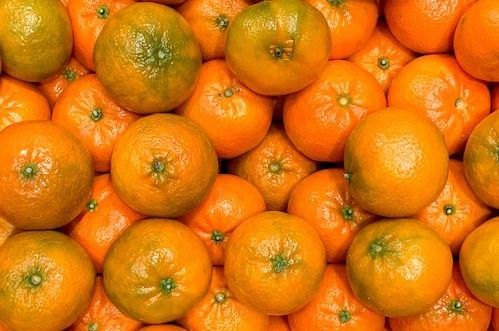W38: Mandarin Update

In W38 in the mandarin landscape, Turkey's tangerine shipments to foreign markets have witnessed a significant growth of 36% year-on-year (YoY), reaching a total value of USD 229 million. The increased export figures reflect the country's success in the global fruit market for this particular product.
According to the Junta de Andalucía's estimates, mandarin production in the 2023/24 season is expected to increase by 17% YoY. This campaign's bulk of mandarin production will predominantly come from the province of Huelva, accounting for approximately 70% of all mandarin production in Andalusia. Mandarins will hold the second position in production share, contributing to 13.6% of Andalusia's overall citrus production.
However, overall citrus production in the Andalusia province is anticipated to decline by 22.3% YoY. This decline is due to the orange production reduction of 20.8% and a mandarin production drop of 34.5%. Huelva will rank as the second-largest citrus-producing province, contributing 33% of the total citrus production in Andalusia and holding the top spot for mandarin production, with 70.2% of all mandarins in the region. Forecasts indicate a notable increase in the harvest, with a 25.1% rise overall, including 13.1% more oranges and a substantial 34.2% increase in mandarins.
South Africa's citrus export season is nearing its end. Mandarins initially started with favorable prices, but high demand made the fruit quality challenging. The fruit was predominantly harvested due to need rather than solely based on existing stock levels. Late-season mandarins have remained stable, but prices are currently hovering around USD 16.95 to 19.07/10 kilogram (EUR 16 to 18/10kg). This price increase is due to the limited availability of South African citrus, potentially creating opportunities for Spain to fill the supply gap.






